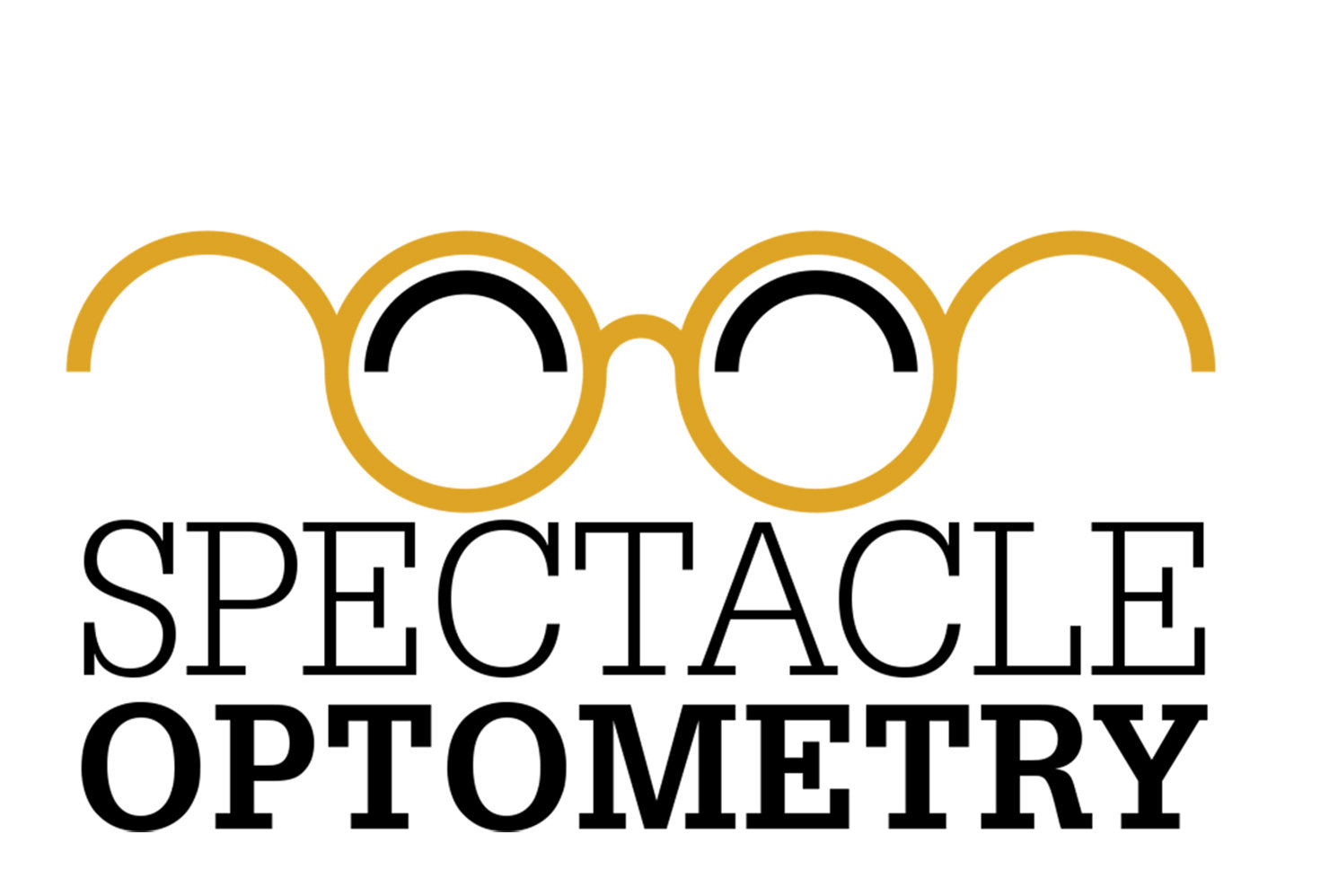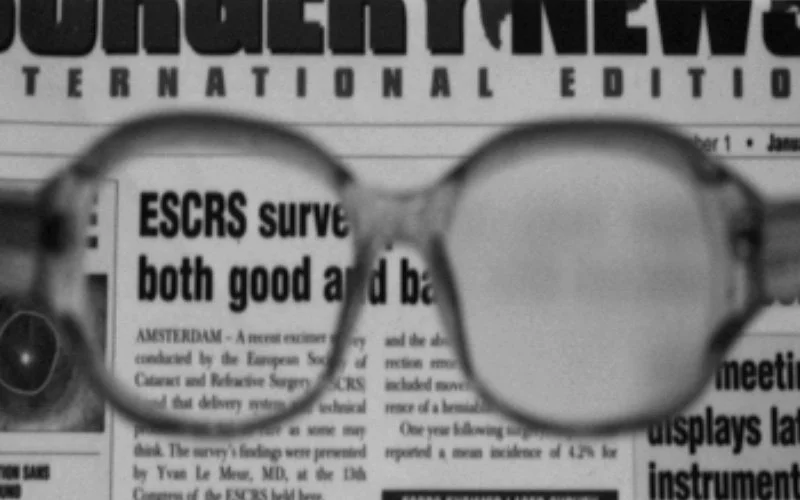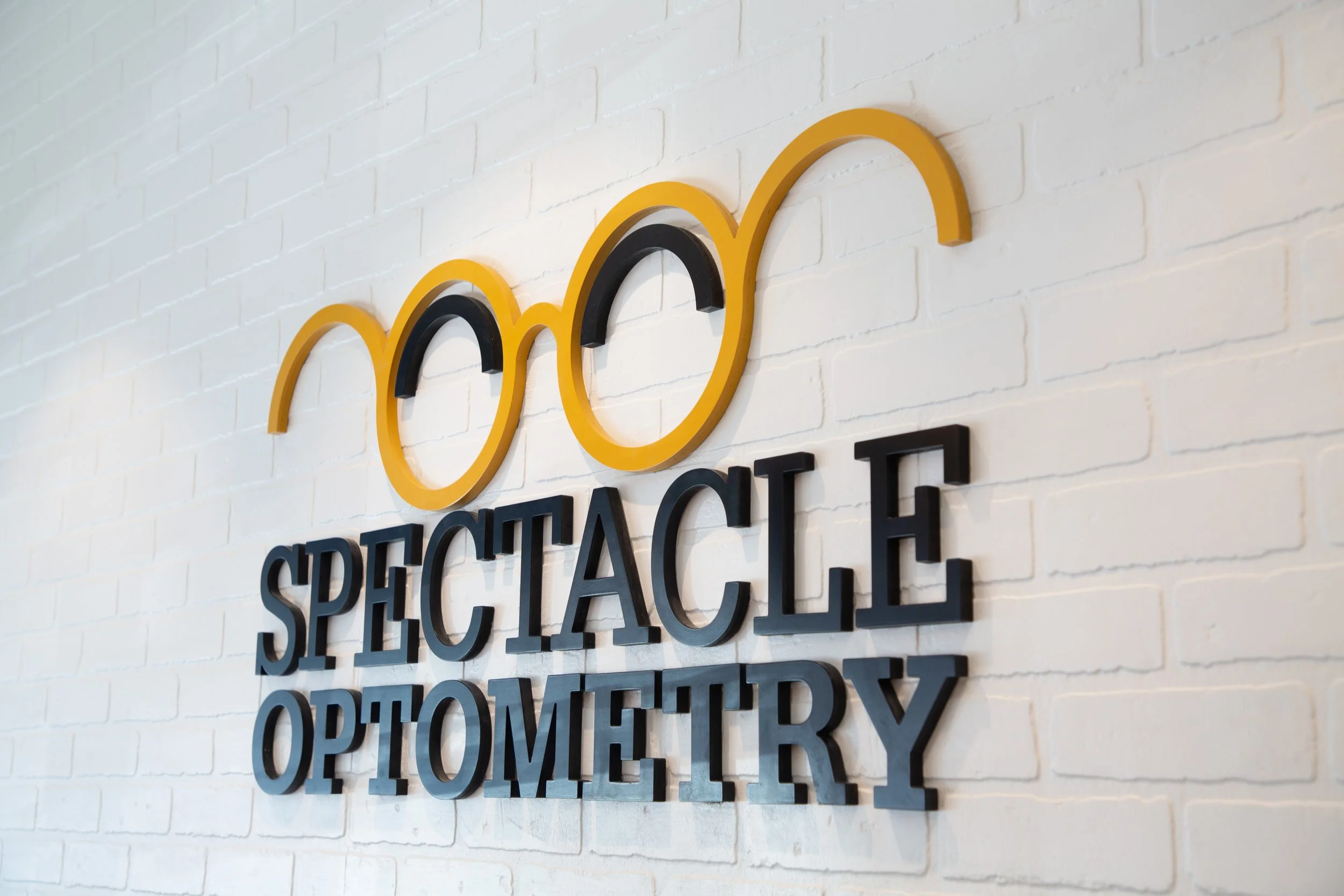LAZY EYE: YOU THINK YOU KNOW, BUT WE BET YOU HAVE NO IDEA!
We hear so many patients reference “lazy eye” incorrectly! Many people, and sometimes others in the medical field, often think a lazy eye means a wandering eye, crossed eye, squinty eye, or lid drooping, but actually all of these are completely different conditions! The term “lazy eye” is referring to when the vision in one eye is not as good as the other or just simply doesn’t reach it’s 20/20 vision potential. Our doctors use the term “amblyopia” to be more accurate! Many amblyopic patients see what we call a “crowding effect” in their poorer eye. This means they can see the first letter in a line and the last, but the middle letters all seem jumbled together and difficult to distinguish. So even when they can see something, it’s not very clear, unfortunately. Let’s dive right in and break down just exactly what is amblyopia and how can it be treated!
Types of Amblyopia
There are different types of amblyopia, but the most common of these is strabismic, or resulting from an eye turn. This is why it is often misconstrued as one in the same, but they are actually separate conditions. Strabismus is the term our doctors use for when the eye is constantly turned outward or inward. Someone can also have an eye turn that alternates from one eye to another. Typically, amblyopia is associated with an eye turn that involves just one eye though. This occurs because our brain will ignore the vision out of the misaligned eye as a way to avoid seeing double images. In turn, that eye does not utilize it’s vision and will not see very well.
In patients with other types of amblyopia, it is a similar scenario, but without an eye turn. In refractive amblyopia, one eye may have an extremely farsighted or nearsighted or astigmatic prescription, while the other eye does not. The brain will ignore the eye with more blurry vision, or higher prescription, causing it to never see it’s best. Whereas, in deprivational amblyopia, there may be something obstructing the vision, such as a cataract from birth, that will not allow the vision to be it’s best in one eye. Again, the brain will ignore the vision out of this eye.
In all of these cases and types of amblyopia, one thing is the same… amblyopia is something that is caused early on in development. After about 6-8 years of age, amblyopia is past the point of developing. Before this time period, the eyes are undergoing rapid development and that is what we call the “critical period” for prescriptions as well as amblyopia to be developing. This is why our eye doctors stress the importance of first eye exams before our kiddo’s eyes are out of this critical period of time, preferably within the first few years of life. They want to check eye health, eye alignment, and watch for any discrepancies between the eyes that can be corrected early on. While amblyopia can be successfully treated at any age, the sooner the treatment occurs, it will be easier to achieve a better outcome for the vision!
AMBLYOPIA TREATMENT
The good news is that there are easy, non-invasive treatment options available! Whether it is with vision therapy, patching or eye drops, there are many different options so it is best to seek the advice of your eye doctor on which may be best for you or your child based on their specific case and needs. Our very own Dr. K has strabismic amblyopia that was diagnosed at the early age of one and a half years old. At that time, vision therapy was only just beginning to catch on (even though it had been around for several hundred years!), so she did eye drops as well as patching for the first several years. After which, her optometrist felt that a close watch and change of her glasses prescription regularly would do the trick. Because of this early intervention, her amblyopic eye is now able to see 20/25 with it’s best correction! That’s not too shabby! Check out her full story here. Now, we know the benefits of vision therapy to possibly achieve binocularity and fusion (meaning they can see 3D!) in patients with amblyopia, which is why it has become our first option to attain the best possible outcomes for our amblyopic patients.
AMBLYOPIA CAN LOOK LIKE JUST LACK OF COORDINATION
We just touched on an important point… binocularity. Patients with amblyopia are typically functioning with just one eye for most tasks. So what exactly does this mean? It means there is no depth perception and sometimes they can see two images, where someone without amblyopia would simply see one image. Because of this, amblyopic patients can seem clumsy, can bump into things (often on one side repeatedly), have difficulty parking a car, get headaches when doing near work, or have anxiety because of any of the above situations. So just a reminder to not judge a book by it’s cover, and we are all doing our best, but that may look different for each of us!
Our doctors are here to help if you or someone you know may be struggling with amblyopia that can be affecting your day-to-day life. We hope this helped clear up the myth behind the common “lazy eye” term, and pointed you in the direction of the many easy ways we can help you see your best, whatever that may be! Dr. K is always happy to help a fellow amblyopic friend!






